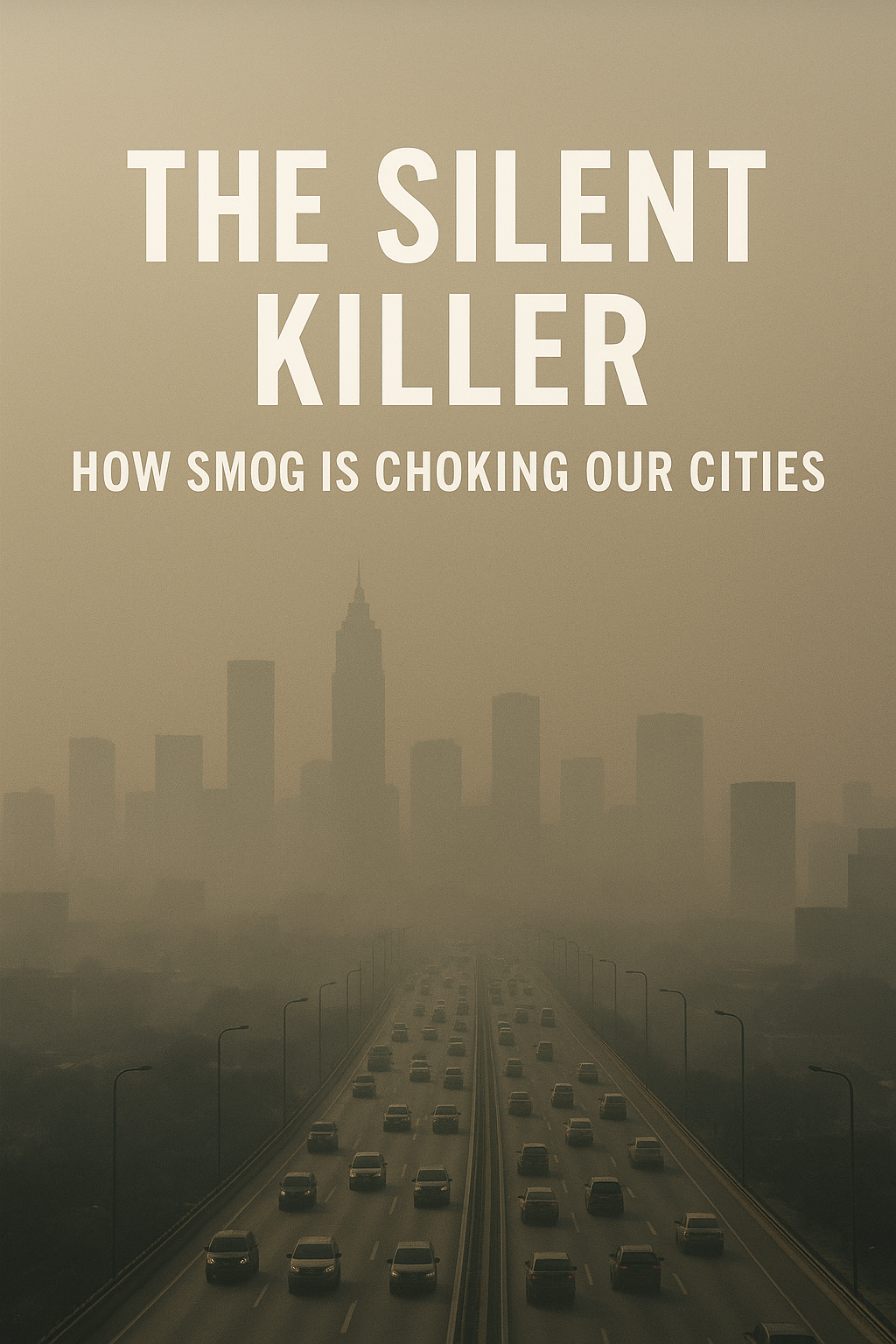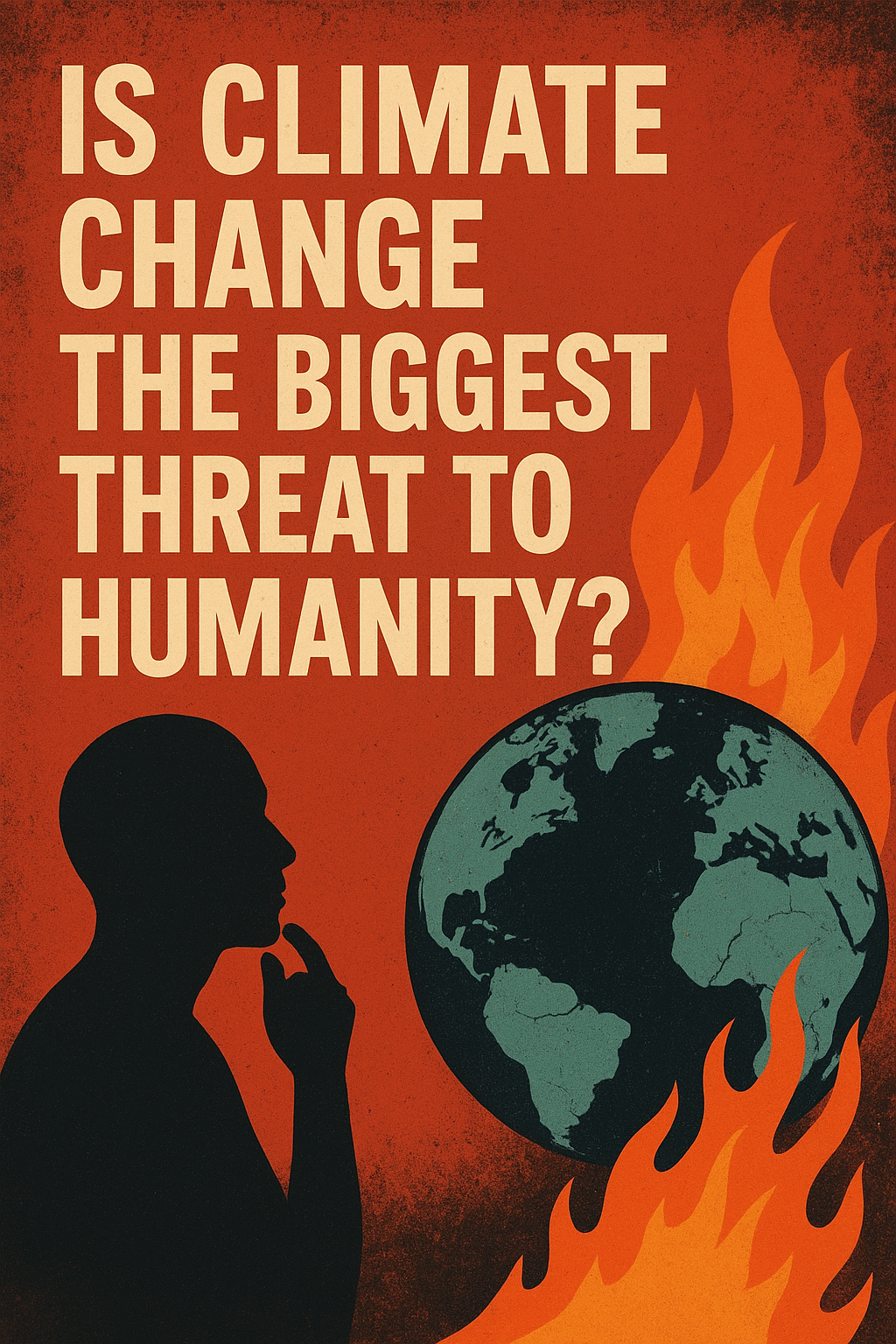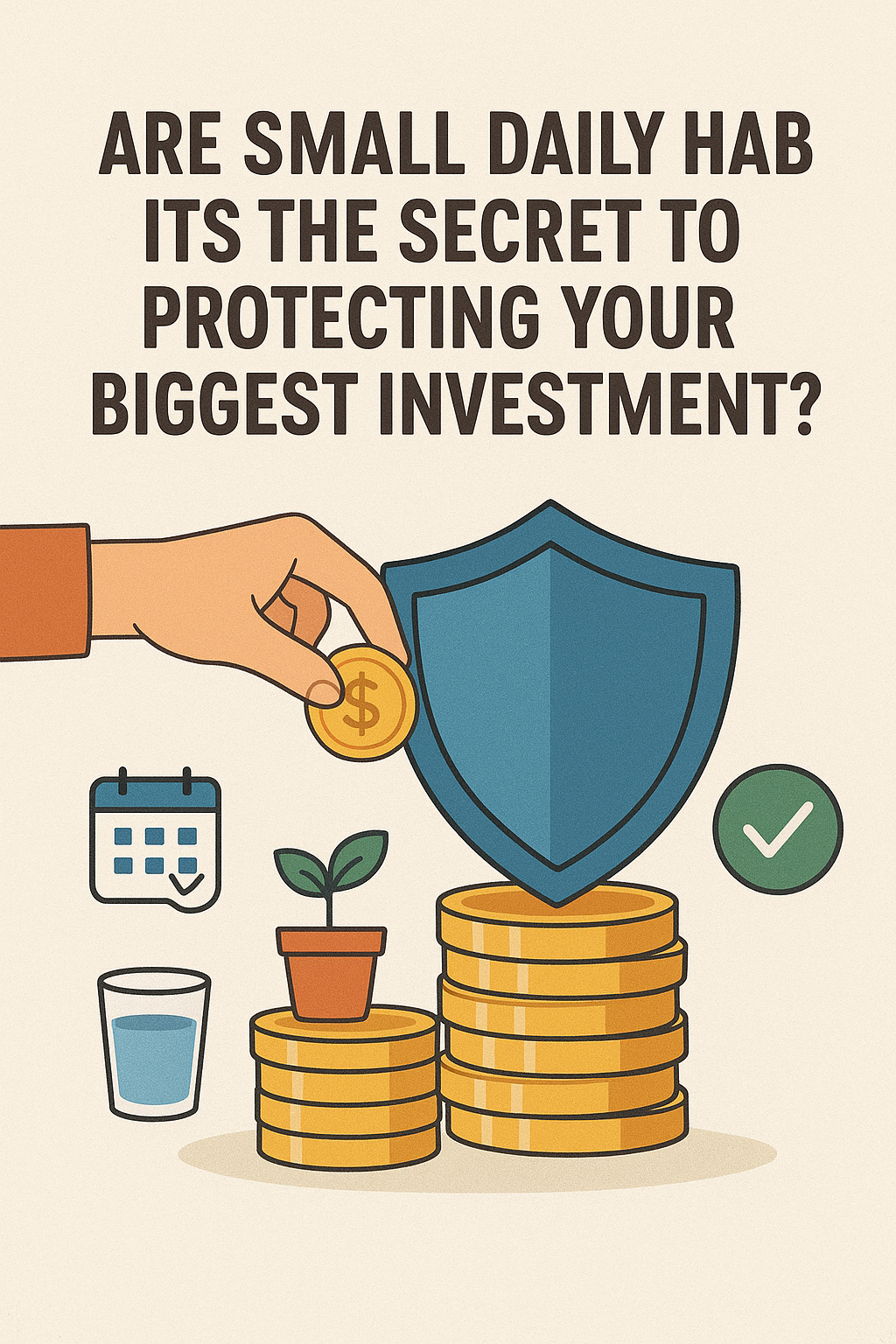.png)
- By Ifat Perveen 09-Oct-2025
- 382
Discover why sustainable fashion is gaining popularity. Ethical production, eco-friendly materials, and conscious consumer choice are driving change to enhance
Introduction:
In recent years, a quiet revolution has been taking place in the fashion world. Instead of only following the latest trends, more and more people are paying attention to how their clothes are made and where they come from. This movement is known as sustainable fashion, a way of making and buying clothes that cares for people, animals, and the planet.
Fashion has always been about expressing personality, creativity, and beauty. However, traditional or “fast fashion” has also become one of the world’s most polluting industries. It uses tons of water, produces mountains of waste, and often depends on low-paid labor. In response, consumers, designers, and brands are looking for better, cleaner, and fairer ways to enjoy style.
So, what are the secrets behind the growing popularity of sustainable fashion? Let’s explore how this movement started, why it’s rising, and what it means for our future.
1. Growing Awareness About Environmental Problems
One of the biggest reasons sustainable fashion is becoming more popular is that people are becoming aware of environmental issues.
The fashion industry is responsible for large amounts of pollution. For example:
-
It uses around 93 billion cubic meters of water each year, enough to meet the needs of five million people.
-
It releases 10% of global carbon emissions, more than international flights and shipping combined.
-
Every second, a garbage truck full of clothes is either burned or sent to landfills.
These shocking facts are now shared widely through social media, documentaries, and online campaigns. Films like The True Cost opened many eyes to the hidden side of fast fashion—the pollution of rivers with dye, the burning of unsold clothes, and the exploitation of workers.
As people understand these realities, they want to make better choices. They look for clothes made with organic materials, recycled fabrics, or produced under fair conditions. This awareness is at the heart of the sustainable fashion movement.
2. The Desire for Ethical Choices
Sustainable fashion isn’t just about saving the planet—it’s also about doing what’s right. Many consumers today want to know if the people who made their clothes were treated fairly and paid properly.
In many fast fashion factories, workers—especially women—face low wages, unsafe conditions, and long hours. Disasters like the Rana Plaza collapse in Bangladesh in 2013, which killed more than 1,100 garment workers, shocked the world and exposed the dark side of cheap clothing.
In response, sustainable brands started promoting ethical fashion, focusing on:
-
Fair wages and safe working environments
-
Transparency about how and where clothes are made
-
Support for small producers and local artisans
People now prefer brands that stand for values, not just fashion trends. They feel good wearing clothes that tell a story of respect, equality, and compassion.
3. Rise of Conscious Consumers
The new generation, especially Millennials and Gen Z, is driving the change. They are often called conscious consumers, meaning they think before they buy.
For them, fashion is not just about looking good; it’s about making a difference. Surveys show that younger shoppers are willing to spend a bit more on brands that care about the planet and people. They value:
-
Quality over quantity
-
Recycled or upcycled materials
-
Second-hand or thrift shopping
-
Minimalist wardrobes, also called “capsule wardrobes”
Social media plays a huge role in spreading these ideas. Influencers, eco-bloggers, and celebrities are showing that sustainable fashion can be stylish too. Hashtags like #SustainableFashion and #WhoMadeMyClothes inspire millions to think more carefully about their purchases.
4. The Shift from Fast to Slow Fashion
For decades, fast fashion ruled the world. Big brands released new collections every few weeks, pushing people to buy cheap, trendy clothes that would soon go out of style.
But now, there’s a growing love for slow fashion, a movement that encourages buying less, choosing well, and wearing clothes longer.
Slow fashion means:
-
Investing in timeless designs that don’t go out of style
-
Choosing durable fabrics that last
-
Supporting local tailors and artisans
-
Repairing or recycling clothes instead of throwing them away
This shift is changing how people see fashion. It’s no longer about how many clothes you have, but how meaningful and lasting they are. The slow fashion mindset values care, creativity, and sustainability over speed.
5. Celebrity and Influencer Support
Celebrities have always shaped fashion trends, and now, many are using their influence to promote sustainability.
Famous names like Emma Watson, Zendaya, and Stella McCartney have been strong supporters of ethical fashion. Emma Watson, for instance, often wears eco-friendly designs on red carpets and promotes sustainable designers through her platform “The Green Carpet Challenge.”
When celebrities show that sustainable fashion can be glamorous and modern, it encourages millions of fans to follow. Influencers also play a key role, sharing eco-friendly outfit ideas and encouraging people to buy second-hand or support ethical brands.
6. Government and Brand Initiatives
Governments and big fashion companies are also starting to take sustainability seriously. Some countries have introduced laws that require transparency in supply chains, fair wages, and environmental responsibility.
Many popular brands are now including eco-friendly collections or changing their production methods. For example:
-
H&M has its “Conscious” collection.
-
Adidas makes shoes using recycled ocean plastic.
-
Levi’s uses less water in denim production.
-
Patagonia repairs old clothes for customers.
While some critics argue that these are still small steps, they show that sustainability is no longer a niche idea; it’s becoming a central part of the fashion industry.
7. The Power of Education and Social Media
Education plays a big role in changing how people think about fashion. Schools, universities, and design institutes are now teaching sustainable fashion design and eco-friendly business models.
Social media also spreads knowledge fast. Documentaries, infographics, and posts about pollution, labor rights, and eco-fabrics make people aware of the hidden costs of their clothes.
Movements like Fashion Revolution Week, which asks “Who made my clothes?”, motivate consumers to demand more honesty from brands. The internet has become a tool for activism, connecting millions of voices calling for change.
Conclusion
The growing popularity of sustainable fashion is not just a passing trend-it’s a global movement. People today want clothes that make them look good, feel good, and do good. They care about the planet, about workers’ rights, and about creating a fairer and cleaner world.
The secrets behind this rise are simple but powerful: awareness, ethics, innovation, and compassion. Sustainable fashion allows us to express who we are, both in style and in values.
As more people join this movement, the fashion world is transforming from one of waste and excess to one of responsibility and hope. Each small choice-buying a recycled shirt, repairing a jacket, or supporting an ethical brand—brings us one step closer to a future where fashion truly becomes sustainable.
Here’s a thoughtful quote comparing fast and slow fashion:
"Fast fashion feeds our desire for more, while slow fashion teaches us to value what we already have."
— Clare Press










